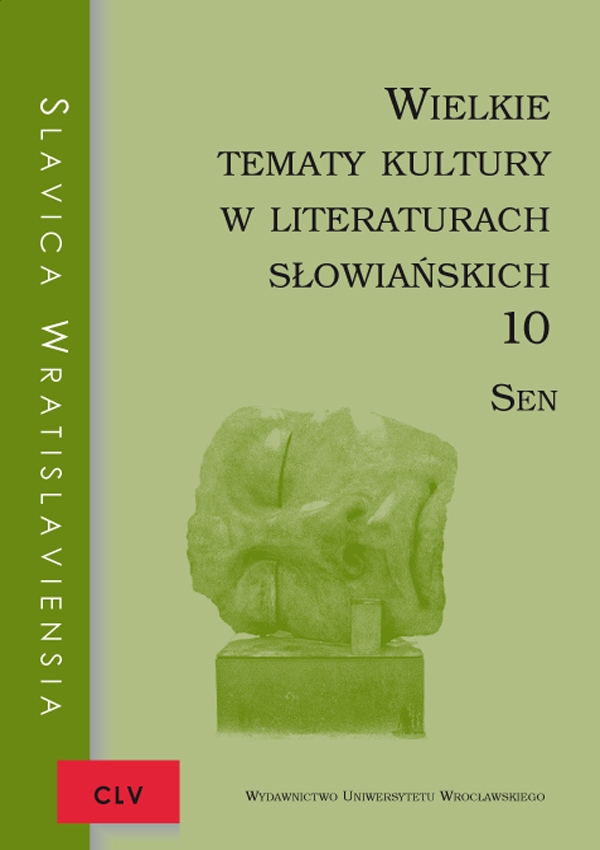

Artykuły

Visio and the possibilities of its utilization in the religious educational literature
The paper pays attention to the possibilities of utilisation of the visio in the religious educational writings of the Baroque epoch. The paper examines the ways through which, via visio, the basic functions of religious educational literature can be realized catechesis, persuasion, aedificatio. The first of two presented texts, Patnácte tajných trápení, transforms the original visio the apocryphal notation of Jesus Christ's martyrdom into the religious educational text: the source text is united with the meditative passages and prayers, whereby the function aedificatio is realized in particular. On the other hand, Vidění rozličné sedláčka sprostného by V.B. Jestřábský is primarily the religious educational and moralizing text which makes use of some principles of the visio contact with a subject from the sacral space, visit of the postmortal shires to attain its own aims catechesis, persuasion. Both texts are testimonies of the contemporary genre interference, which enables to fulfil required aims more effectively. These principles are not unique in the literary production of the Baroque epoch, nevertheless, as the productive current of the religious educational literature, they are peculiar to this epoch.
]]>